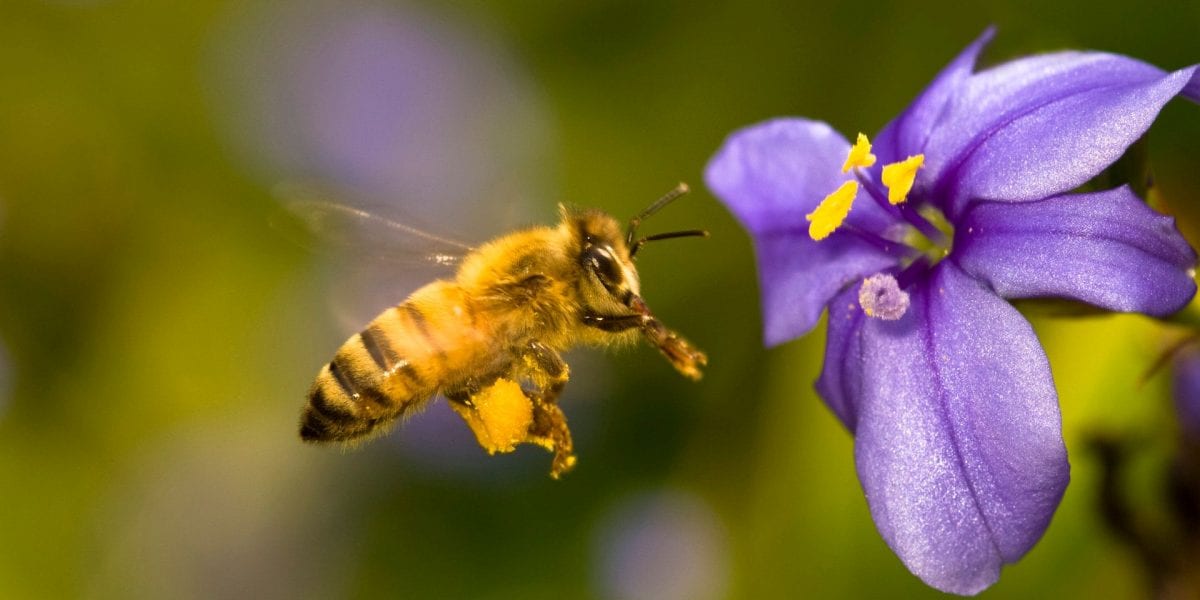With the rise of genetically modified crops, pesticides, and an ever-changing climate comes the fall of the bees. Bees are our most valuable pollinators. Alone they are responsible for 80% of the worlds plant crops. This means that one out of every 4 bites of food we consume is purely due to the diligent work of the bees. Without bees our food supply would diminish and life as we know it would be forever altered. More and more gardeners are becoming anxious to plant bee friendly gardens in an effort to do their part to replenish the diminishing bee population.
Aside from buying solely organic foods, what else can we do to help maintain and satisfy the bee population? Here are some pollen plenty plants to make the day job of a bee a breeze.
HERBS
PLANT FOR BEES
Not only are herbs beneficial for plant for bees and other small pollinators, they also make for some tasty additions to our meals. Feed yourself while feeding the bees!
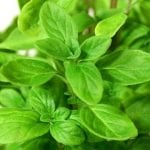
Marjoram
Flowering Season: Early Summer – Early Fall
This aromatic herb produces flowers in a variety of pinks. You can freeze or dry the leaves to enjoy with cooking. It makes an excellent addition to pizza and tomato sauce.
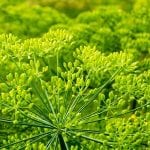
Fennel
Flowering Season: Late Summer – Late Fall
This herb produces bright yellow flowerheads which are rich in nectar. Fennel also tends to grow quite tall so it requires adequate overhead space. It is commonly used to season fish and the bulb can be chopped up and used in salads.
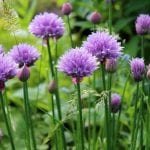
Chives
Flowering Season: Spring – Late Summer
Chives grow best in a pot or window box. The lovely purple flowers are both aesthetically pleasing and edible. They also provide an abundance of nectar for the bees. Add some freshly chopped chives to your omelet for a delicious onion flavour.
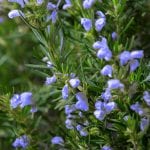
Rosemary
Flowering Season: Spring – Early Winter
This hearty drought tolerant herb can be harvested nearly year-round. It grows in a large bush so if space is limited, growing in a pot may be your best bet. Because rosemary keeps it’s flavour when cooked, it is often used to season roasts.
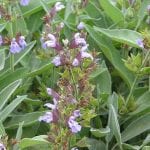
Sage
Flowering Season: Late Spring – Late Summer
The spikes of purple flowers are both lovely to look at and delicious to eat. They also provide pollen for bee’s while deterring other invasive insect species. Sage makes a flavourful garnish for both pastas and risottos.
ANNUALS
PLANT FOR BEES
Annual flowers are a great plant for bees and are particularly good at attracting bees as well. It is important however to ensure that plants that you chose are capable of successfully growing in your region.
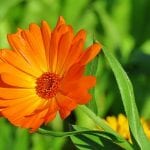
Calendulas
Flowering Season: Early Summer – Late Fall
Calendulas come in a variety of yellows and oranges. They require a growing space with filtered sun or partially shaded. They are fast growing and can adapt to almost any type of soil. On average, Calendulas will reach 12-18” in height.
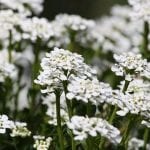
Alyssum
Flowering Season: Summer – Late Fall
Alyssum is a sweet smelling white or purple flower that grows approximately six inches from the ground and spreads. They require part sun to flourish. The flowers have four small, blunt petals arranged in a square shape. It’s clusters of flowers are fragrant and capable of surviving light frosts that would kill more delicate plants.
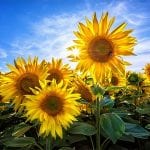
Sunflowers
Flowering Season: Mid Summer to Late Fall
Sun flowers are heat tolerant and resistant to pests. Their large yellow daisy like flowers are heliotropic meaning they will actually turn their flowers to follow the direction of the sun. They require full sunlight and well draining soil. The tall coarse flowers are remarkably tough and can grow up to 16 feet tall.
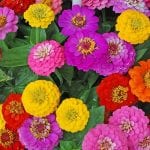
Zinnias
Flowering Season: Early Summer – Late Fall
These easy to grow flowers stay in bloom for most of the season. They come in a wide variety of colours that are attractive to bees. They require part shade and relatively dry soil. They can grow up to approximately 30 inches tall. Since zinnias are fast growing, they are able to shade out surrounding weeds.
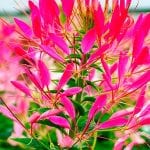
Cleome
Flowering Season: Summer – Late Fall
These tall unique flowers are a favourite for bees. Averaging 3 – 4 feet in height when flowering, cleomes are often confused for weeds before they establish themselves in the garden. They require full sun and space to spread. Though the flowers themselves are odourless, the leaves have a strong odour when split and are sticky to the touch.
PERENNIALS
PLANT FOR BEES
Perennial flowers are those that survive in the garden over the winter and for years to come. This means less work for you. With plentiful blossoms that are exceptionally enticing to bees, the perennials listed below make great additions to a bee friendly garden.
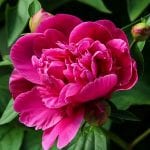
Peonies
Flowering Season: Early Spring – Late Summer
These assorted coloured stunners are fragrant spring bloomers. They require a minimum of 6 hours of sunlight daily in order to provide their beautiful blooms. Flowers can reach up to 10 inches in diameter. In the right space peonies can continue to bloom for over 100 years. They also provide beautiful off cuts making them one of gardener’s favourite perennials.
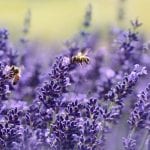
Lavender
Flowering Season: Late Spring – Early Summer
Lavender was originally known as elf leaf or elf spike. It grows best in full sun and dry soil. It has been used for centuries in herbal remedies, teas, and perfumes. It’s an easy perennial that creates a beautiful blanket of purple hues.
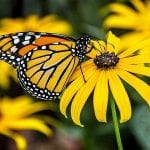
Black Eyed Susan
Flowering Season: Early Summer – Early Fall
To humans, the bloom of a black-eyed susan appears bright yellow. To bees, which see in the ultraviolet spectrum, the blooms appear as a dark circle surrounded by a glowing ring. They thrive in full sunlight and grow 3-4 feet in height. Black eyed susans are long living perennials native to this area so they last for many years without needing to be replanted.
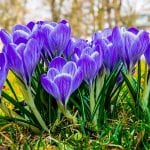
Crocus
Flowering Season: Late Winter – Late Fall
Crocus’ tend to bloom weeks before other flowers are brave enough to show their faces, providing the first pollen source of the year. Their shoots can be seen protruding through snow and ice as glimpses of spring begin. Though crocus’ do best in full sun, they often bloom so early that some spots are still shady yet they still emerge.
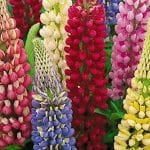
Lupine
Flowering Season: Early Spring – Late Summer
When planted in full sun, Lupine’s produce the most flowers. They are deep rooted and do not spread making them a good choice for place fillers. The flowers are complex and vary from white to pink to lavender to blue. The sweet pea looking clumps of flowers can reach up to 5 feet in height.
I hope you enjoyed this article and plant a few new flowers this year to help the bees. Not sure where to start? Contact Blue Mountain four Season for a consult. #SaveTheBees
Keep on growin’
Lori York
Blue Mountain Four Season


